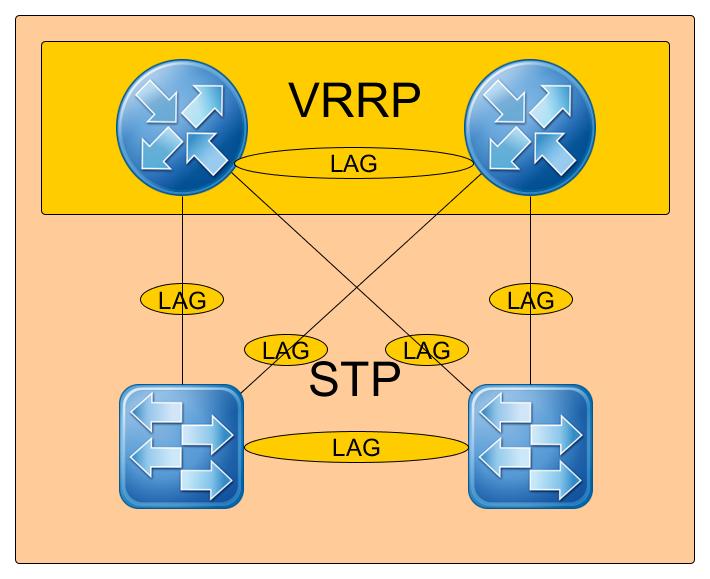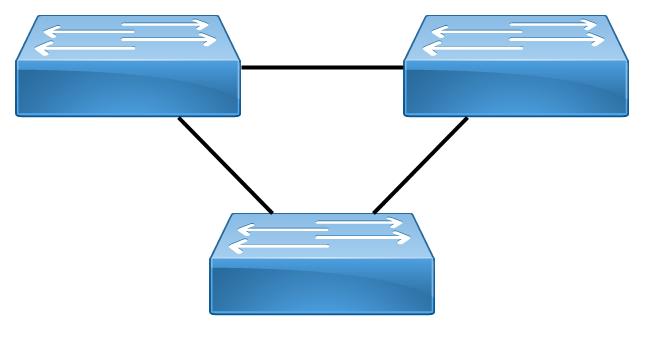Since the Flex Fabric switches are a little bit of an unloved child I provide some more information on their maintenance. Todays Version i 7.10. in the release 2432 Patch 06, meaning that it only added one patchlevel in the last year.
And allthough I plan on retiring my switches, I want to do one last firmware update and with that share how to do it:
First if all do housekeeping. Since flash memory for filesystem access, which you will need for the upgrade procedure, is rare, Continue reading


